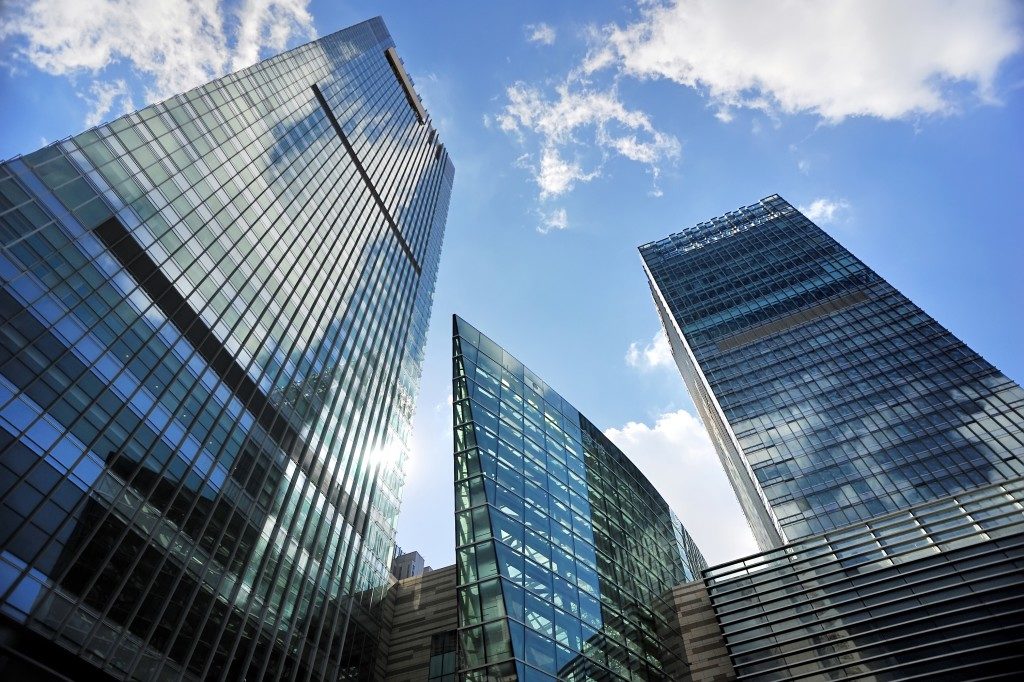When constructing a building, there are vital procedures that you must keep in mind to ensure that the structure remains stable and sturdy. Do you know that builders are using innovative and cost-effective materials such as a cardboard honeycomb void form to prevent severe damage to the building? Find out how concrete structures are being constructed.
Why Concrete is the Top Choice in Constructing Buildings
A lot of users go for concrete because the material is low maintenance, robust, and resistant to water, wind, and fire. It has an insulating property that helps people reduce their heating and cooling costs. Concrete is widely used in construction projects because it’s a sustainable material on Earth.
Three Vital Aspects in Concrete Building
Design: The initial stage in constructing a concrete building is designing. Professionals designers and architects take into account the characteristics of concrete. These include the weight, durability, and stability of the material. These are some of the vital aspects as skyscrapers need to endure the weight of numerous layers or floors.
Forms: Concrete will never be complete without using metal forms — rebar and steel rods. These are necessary to let the structure cure perfectly. They come in various thicknesses to strengthen the concrete.

Pouring: Concrete is a composite material. The composition includes cement, water, and aggregates — sand and rocks. After the forms have been assembled, the next phase is pouring the concrete mix into the forms. Then you’ll just have to wait until they cure and harden.
In most construction projects, large trucks are being used to pour concrete into the forms. These vehicles (ready concrete mix trucks) have a boom pump that drives the concrete from the container and transfers the construction material into the forms. Builders use utility pipes and they install them first before the pouring takes place.
In pouring concrete, the foundation and the floor of the building are first sections to be poured. Typically, it only takes 24-48 hours to set the concrete. The concrete is cured to 70% full strength after 7 days. Interestingly, full strength concrete can be achieved after 28 days. Take note that there’s a pre-method before you do the concrete pouring — using void forms.
What are Void Forms For?
If you will have a chance to observe a concrete building construction process, you will notice that some builders are placing cardboard or plywood below the rebar. Are you wondering why? The purpose of this is to create a floating floor.
Pouring concrete directly onto the ground without floating floor can pose a threat to the structure later on. This is because expansive soil can bring damage to the building. When these pieces of materials are present below the concrete, the expanding ground crushes the cardboard, preventing the concrete floor and wall from cracking.
When you are looking forward to building a concrete structure, it’s better to trust professional contractors. This will ensure that you get the best materials available on the market and your building meets the quality and safety standards.
